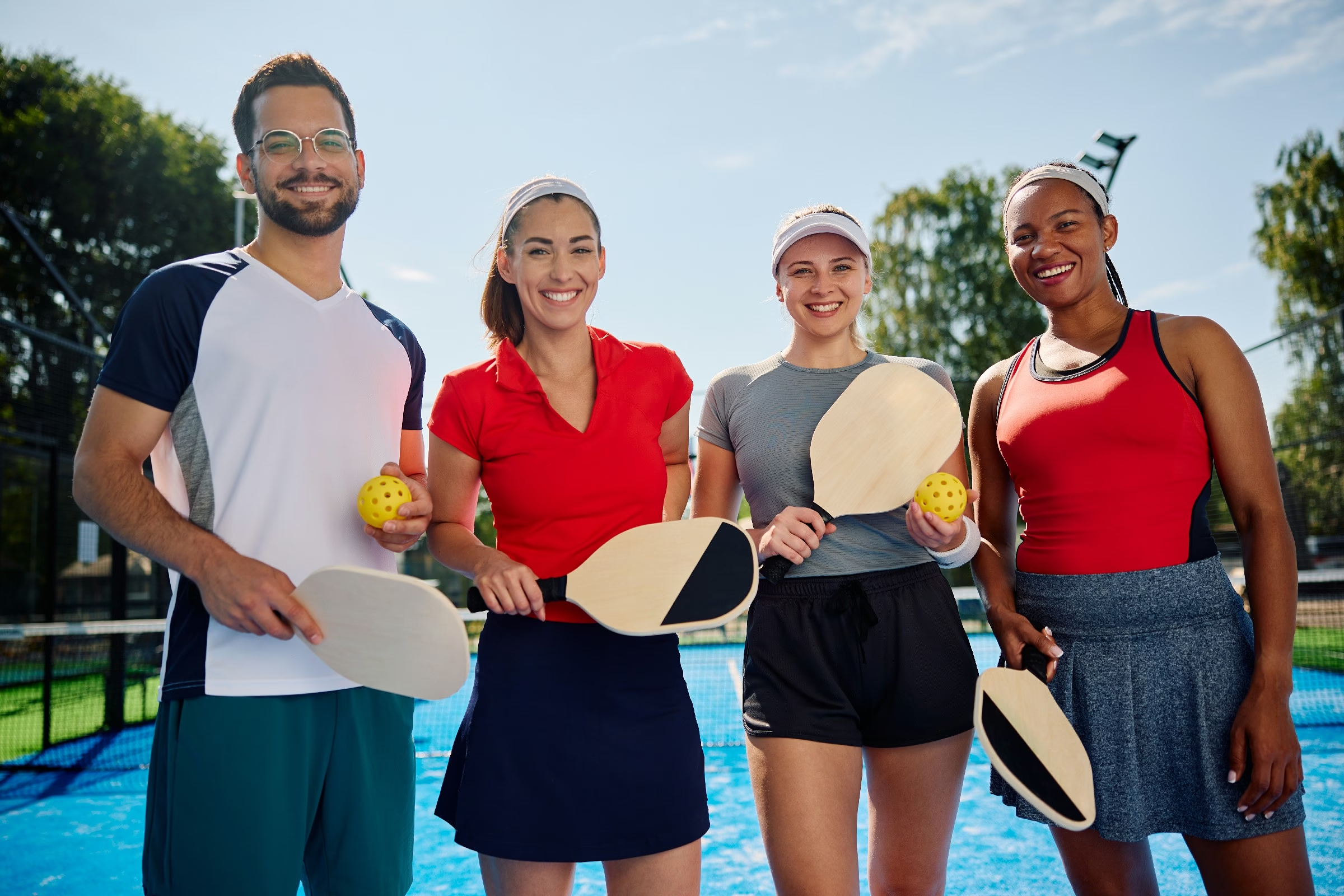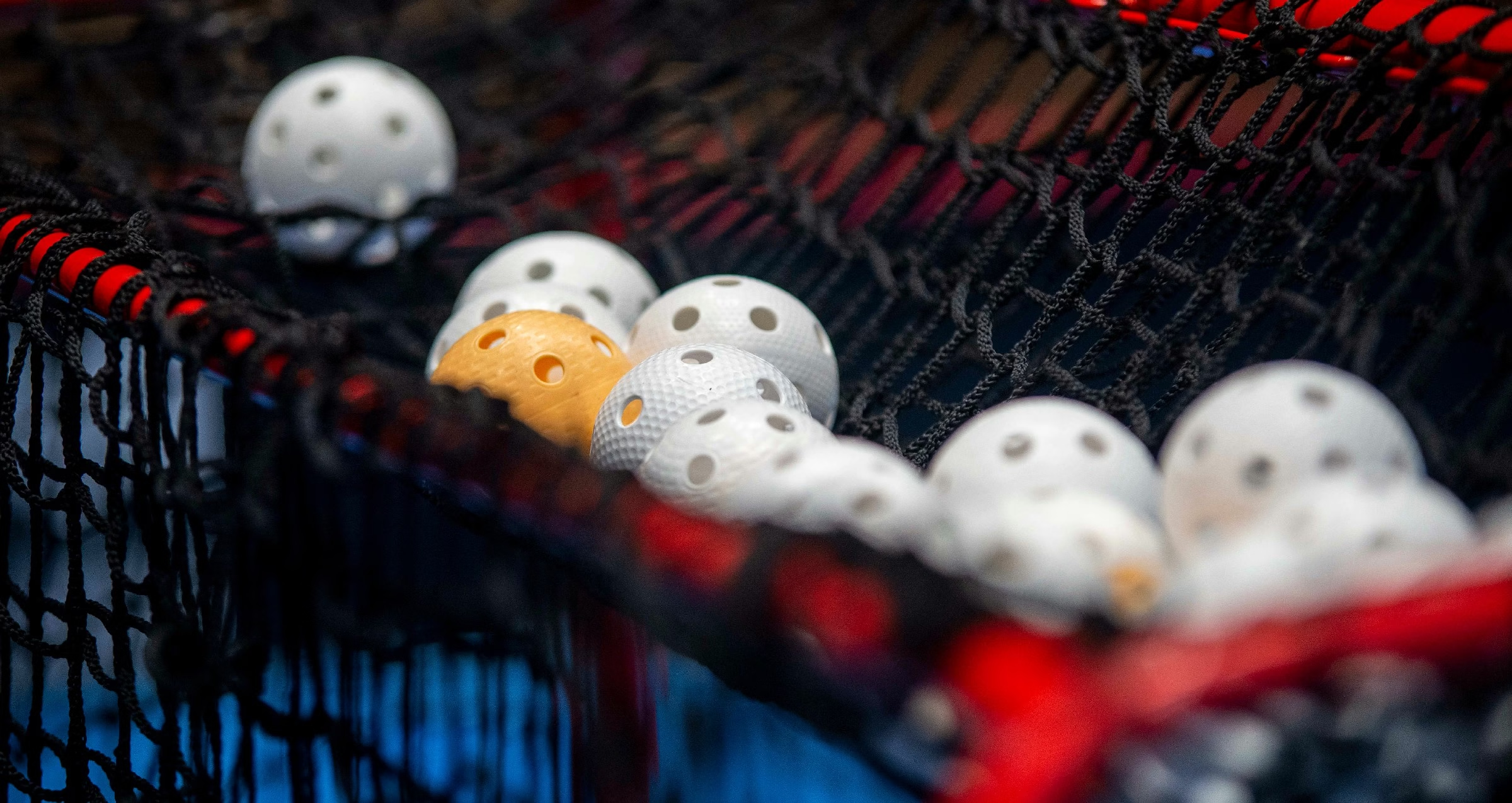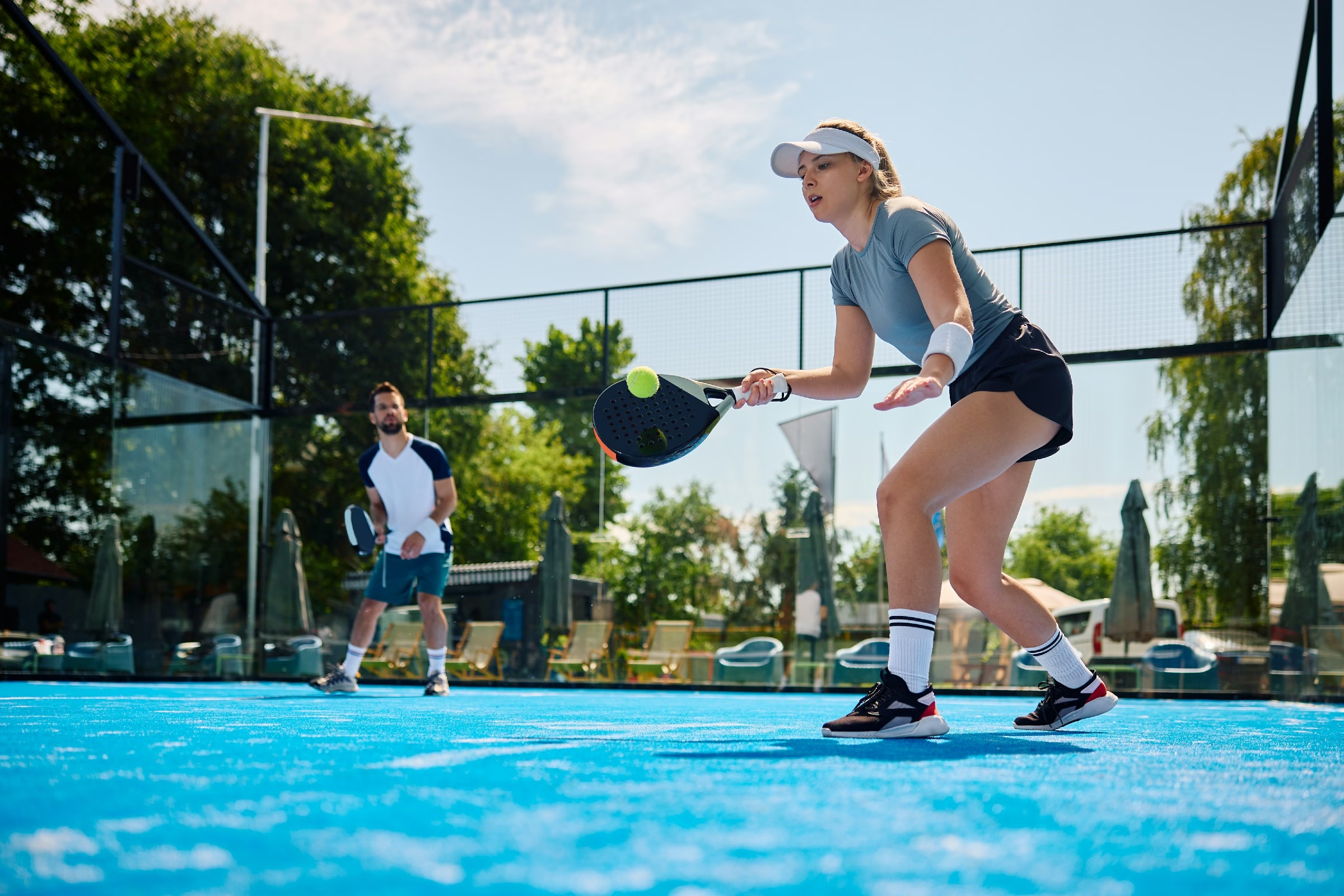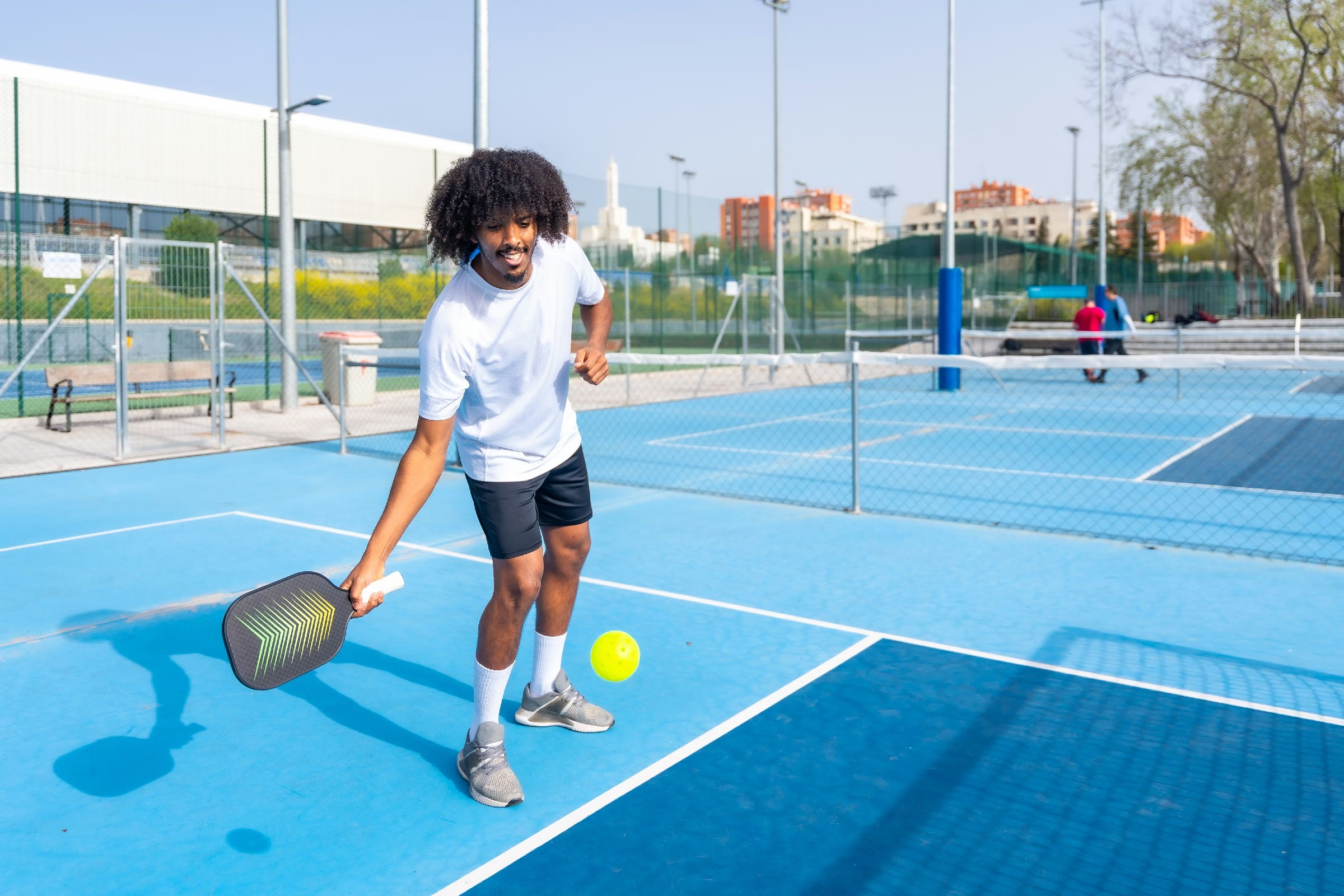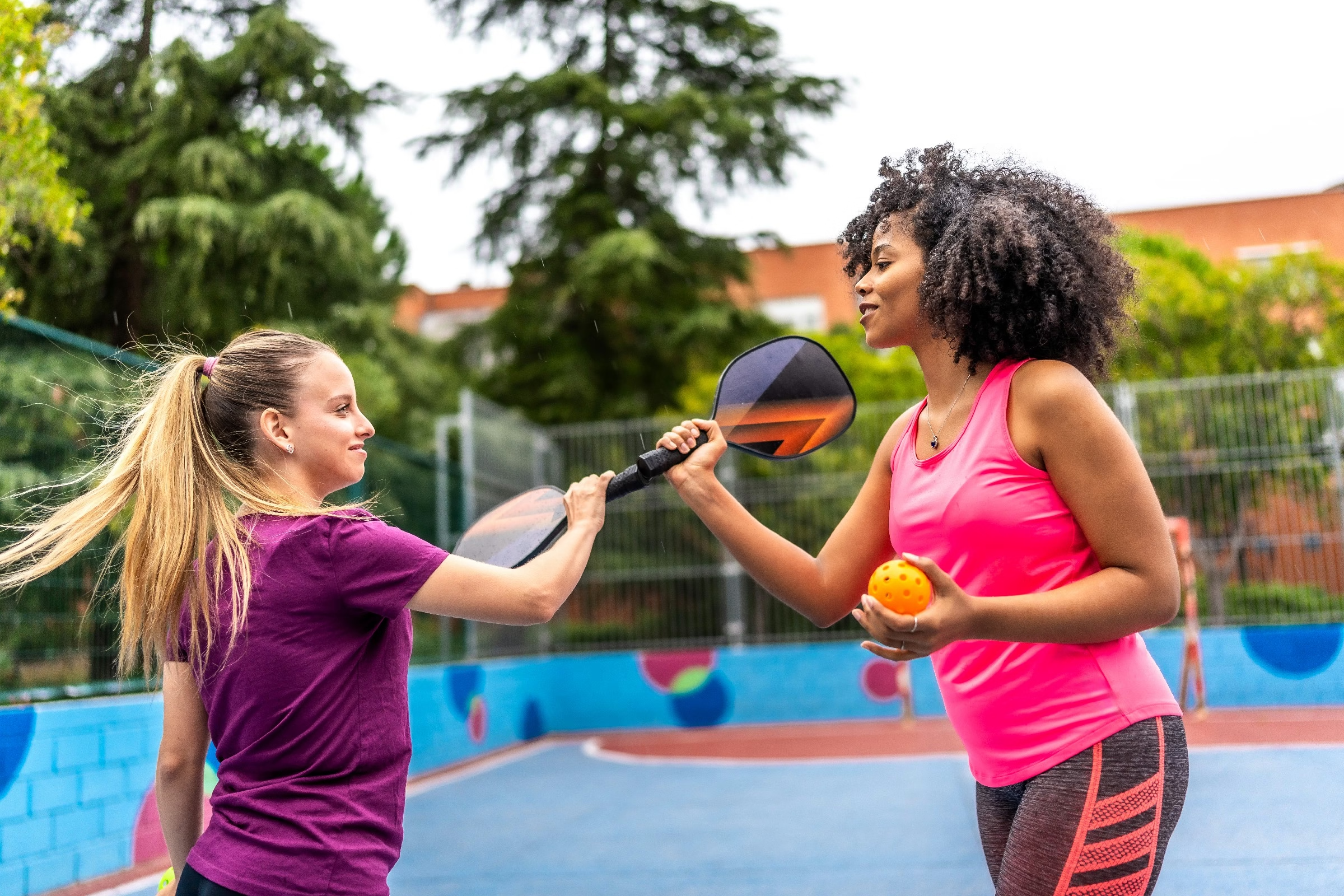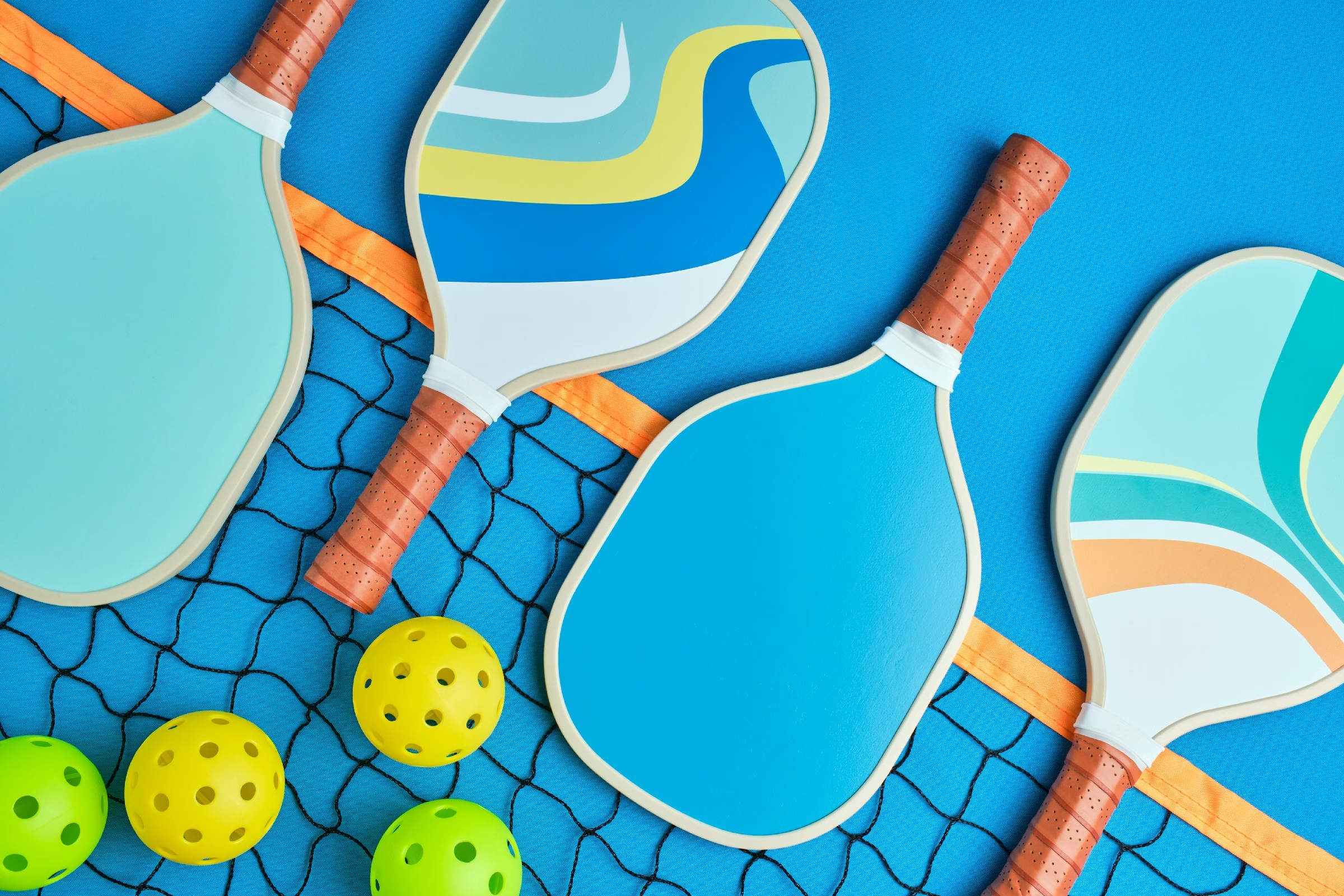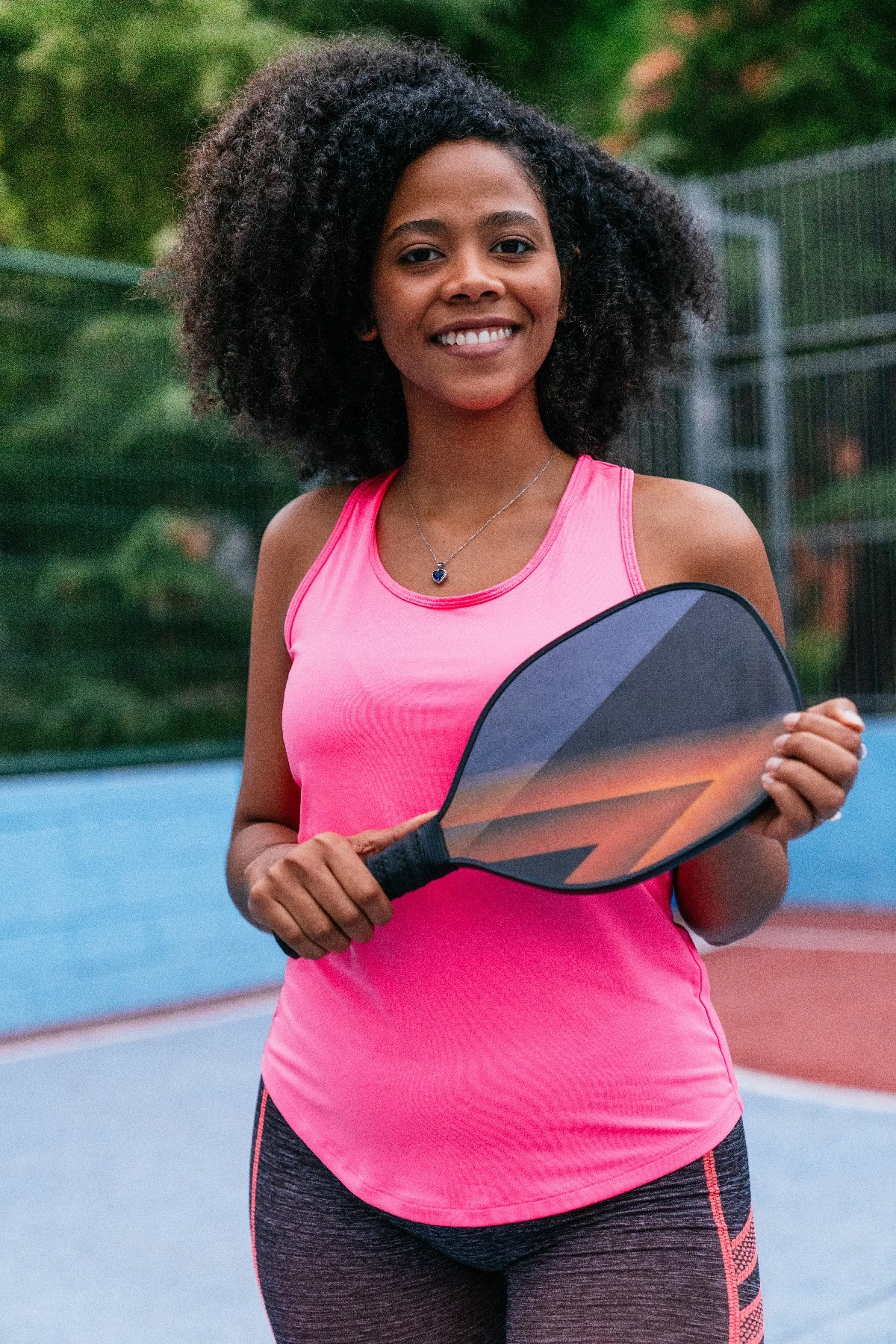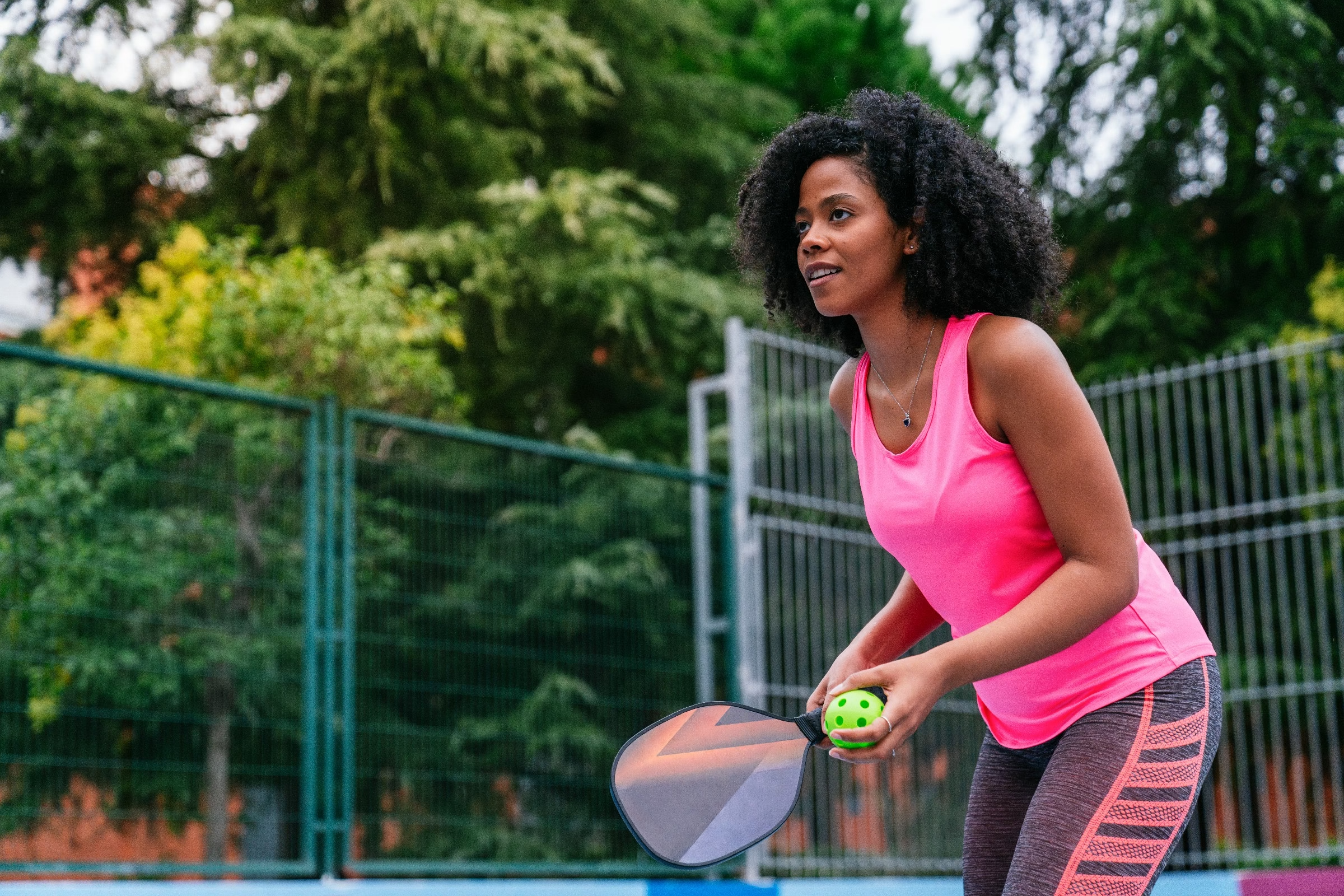Blog
how to defend against lobbers in pickleball
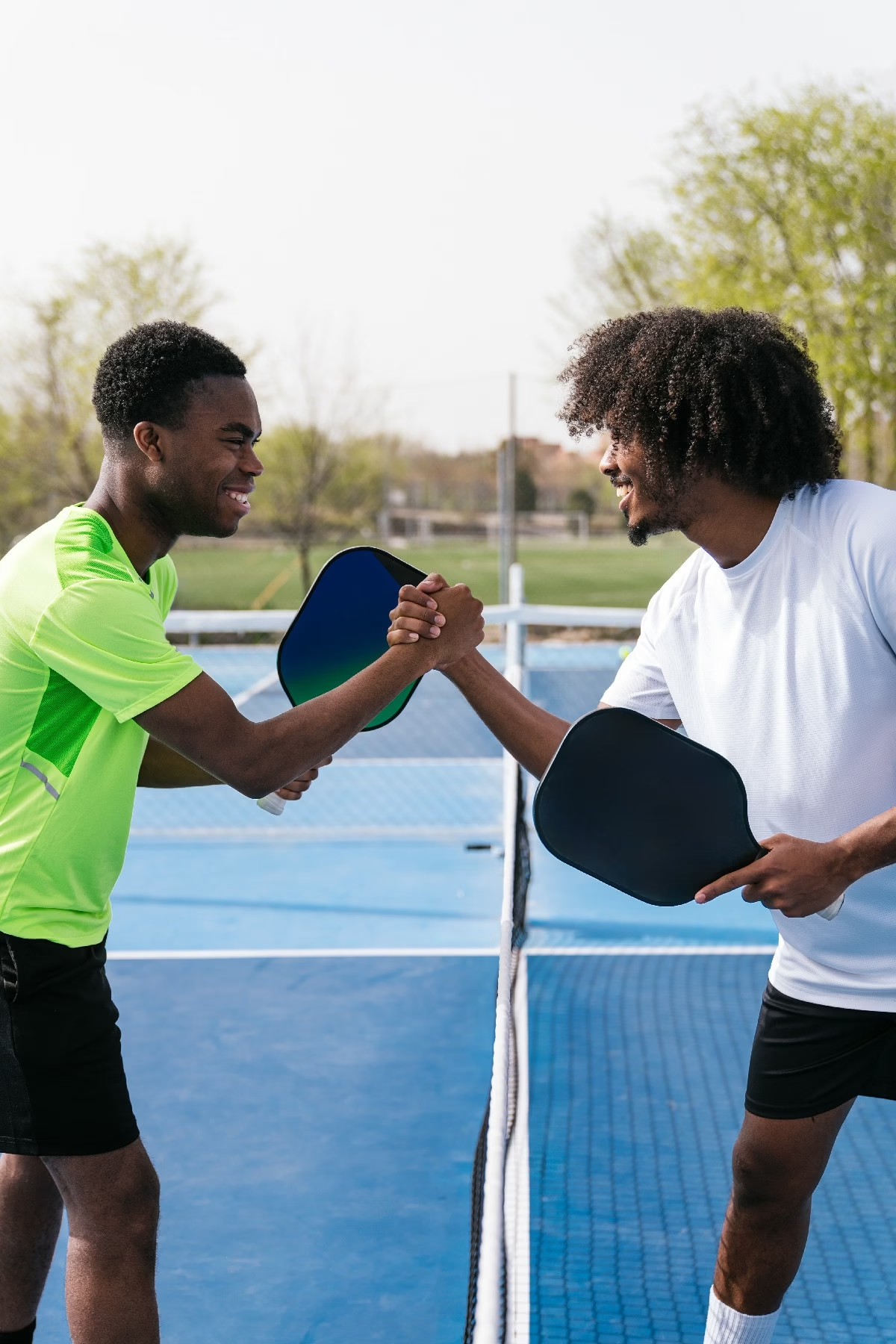
In the vibrant world of pickleball, where strategy and agility intertwine on the court, one formidable challenge players frequently enough face is the lobber. With the ability to send the ball soaring high into the air, lobbers can disrupt your rhythm, forcing you to scramble and rethink your game plan. But fear not! Whether you’re a seasoned veteran or a newcomer to the sport, learning to defend against these aerial assaults can enhance your performance and deepen your enjoyment of the game.In this article, we will explore effective techniques, tactical adjustments, and mindset shifts to help you counter the lobber’s daunting strategy. By the end, you’ll be well-equipped to reclaim the net and command the court, turning those high arcs into opportunities for your own strategic plays. Ready to elevate your pickleball game? Let’s dive in!
Table of contents
- Understanding the Lobber’s Strategy and intent
- Mastering Footwork for Effective Positioning
- The Art of anticipating and Reading the Lob
- optimal Paddle Techniques for Handling High Shots
- Counterattack Strategies to Dominate the lob
- Building Mental Resilience Against Lobber Tactics
- Q&A
- Key Takeaways
Understanding the Lobber’s Strategy and Intent
To effectively defend against lobbers in pickleball, it’s crucial to grasp their underlying strategy and intent.lobbers typically aim to exploit your positioning by drawing you away from the net and creating opportunities for easy overhead winners. Their technique involves using high arcs that may seem harmless initially but can catch you off guard, especially if you underestimate their skill. Recognizing their tendency to lob can help you anticipate their shots and prepare your own counters.
When facing a lobber, consider their objectives wich frequently enough include:
- Creating Space: They want to push you back, altering your aggressive playstyle and taking control of the court.
- Setting Up for Easy Points: by enticing you to chase down their lobs, they intend to create opportunities for subsequent, easier shots.
- Exploiting Your Weaknesses: Lobbers frequently enough target your specific vulnerabilities, such as poor footwork or positioning.
Evaluating their shots closely can provide insights into their next move. Be aware of their positioning, racket angle, and body language. A savvy lobber will frequently give clues before executing their shot, allowing you to counter effectively. Here’s a swift reference table for understanding their body language:
| Body Language | Potential Intent |
|---|---|
| Racket low, leaning back | Preparing to lob |
| Shoulders squared, weight forward | Ready to execute a drop or drive |
| Frequent glance at the net | Aiming for an overhead smash |
Mastering Footwork for Effective positioning
In the fast-paced world of pickleball, being agile and having precise footwork can be your best defence against opponents who frequently utilize lobs. Elevate your game by focusing on the fundamentals of movement. Here are some essential footwork techniques to master:
- Stay Light on Your Feet: Always have a slight bend in your knees and keep your weight on the balls of your feet. This position allows for quicker reactions and better balance when you need to adjust your stance.
- Practice the Side Shuffle: Lateral movements are crucial when anticipating lobs. Implement side shuffles in your training regimen to improve your ability to reach those hard-to-get shots.
- Utilize the Crossover Step: When moving to intercept a lob, a crossover step can help close the distance more effectively. This technique allows you to maintain momentum toward the ball and position yourself appropriately for the return.
Positioning is just as essential as footwork. Understanding where to stand on the court will significantly enhance your ability to counter lobs. When facing a lobber, consider these strategic placement tips:
| Position | Key Actions |
|---|---|
| Near the baseline | Prepare for high lobs; stay back to react quickly. |
| Mid-Court | Anticipate quick return shots; ready for positioning adjustments. |
| Net Position | Cut off lobs with quick volleys; stay alert for overhead shots. |
Combining effective footwork with optimal body positioning maximizes your defense against lobbing strategies. Always maintain awareness of your opponent’s actions and adjust your stance accordingly.Remember, the key is to be proactive rather than reactive—practice moving in sync with the ball to gain the upper hand. Implementing these techniques will not only enhance your ability to respond to lobs but also improve your overall agility and strategy in pickleball.
The Art of Anticipating and Reading the Lob
Mastering the skill of anticipating a lob requires a keen awareness of not just your opponent’s position but also their body language and shot selection. Players frequently enough provide subtle cues before executing a lob, which can give you the edge.Look for visual signals as your opponent prepares to hit the ball:
- Foot Position: Are they leaning back or shifting their weight?
- Racket Angle: Is the racket face tilted open, indicating an upward trajectory?
- Body Language: Are they setting up to go for a lofted shot?
Once you’ve detected these signs, it’s essential to respond swiftly. Positioning yourself correctly on the court can make a world of difference. Aim to be on the balls of your feet and maintain a low center of gravity, ready to spring into action.Consider the following strategies for an effective defense:
| Movement Strategy | Description |
|---|---|
| Diagonal Shuffle | Quickly move towards the corner where you anticipate the lob landing. |
| Backpedal | Step back to create space for a solid overhead smash. |
| Side-Lateral Slide | Shift sideways to intercept a lob angled towards your side. |
Practicing how to read the opponent’s intentions can pay off during matches, especially against experienced lobbers. Implement drills that focus on reaction time and court awareness. Collaborate with a partner who can randomly lob balls in various directions while you focus on interception. Consistent practice can enhance your ability to read situations effectively, transforming you into a formidable presence at the net. Embrace this aspect of the game; it’s not merely about physical skills,but also about cognitive sharpness and strategic thinking.
Optimal Paddle Techniques for Handling High Shots
When facing high shots in pickleball, mastering your paddle techniques is crucial for effective defense. The key is to maintain a stable body position while utilizing a combination of grip adjustments and swing mechanics. A firm but relaxed grip allows for better control, especially when responding to lobs. As the ball rises, position your feet shoulder-width apart to ensure balance, and keep your knees slightly bent for quick lateral movements.
Consider employing the “overhead smash” technique when the lob comes within reach. This involves raising your paddle above your head, utilizing your body weight to generate power as you swing downwards. It’s essential to keep your eye on the ball, tracking its trajectory to judge the proper timing for your swing. here are some tips to refine your overhead smash:
- Focus on foot positioning to set up your shot.
- Engage your core for added strength and stability.
- Practice your swing in slow motion to develop muscle memory.
Sometimes, high shots can be tricky and may require a more defensive approach, especially when the ball is too high for an easy smash. In such instances, using a “soft touch” is necesary. This technique involves gently redirecting the ball with a delicate wrist flick, aiming for strategic placement rather than power. By doing so, you can place the ball just over the net or into an open area. Here’s a simple table illustrating different high shot techniques:
| Technique | Description | Best used When |
|---|---|---|
| Overhead Smash | Powerful downward shot | When the ball is within reach |
| Soft Touch | Gentle wrist flick for placement | When the ball is too high for a smash |
| Defensive Lob | Curving the ball over opponents | To reset the rally |
Counterattack Strategies to dominate the Lob
To turn the tables on lobbers in pickleball, you must frist position yourself wisely.Anticipation is key; keep your eyes on the ball and the player’s body language to predict a lob. As you anticipate, position yourself slightly behind the baseline, ready to make a swift move. A good rule of thumb is to stand within a cozy distance from the court’s edge to execute a powerful overhead shot. This stance not only prepares you for an effective return but also gives you the flexibility to transition into a net approach if the opportunity arises.
Moreover, mastering the overhead smash is essential in countering lob shots. Timing your jump to connect the racket with the ball at its peak is crucial. Consider these tips for a accomplished execution:
- Footwork: Ensure you’re on your toes, ready to spring into action.
- Follow through: Aim for a complete swing, directing the ball downwards to maximize power and precision.
- Placement: Target corners of the court or near the opponent’s feet to make your return harder to defend against.
collaboration with your partner can significantly enhance your defense against lobbers. Utilize formations or strategic positions to make the most of your team dynamics. Here’s a simple breakdown of effective formations:
| Formation Type | Description |
|---|---|
| Side-by-Side | Both players cover the court evenly, allowing for quick movement and coverage of lobs. |
| Front-and-Back | One player plays at the net while the other guards the baseline,siphoning lobs back to the front. |
Utilizing these strategic approaches will not only help you fend off lob shots effectively but also empower you to dominate the court.Embrace these techniques, and transform the impending lob into an opportunity for a beautiful and skillful counterattack.
Building Mental Resilience against Lobber Tactics
In the unpredictable landscape of pickleball, where lobbers seek to exploit your weaknesses from afar, building mental resilience is key to maintaining your advantage on the court. Recognizing the psychological tactics lobbers employ can fortify your focus and determination. When you encounter a high lob, remind yourself that it’s merely a tactical maneuver, aiming to disrupt your rhythm and confidence.Cultivating a growth mindset can help you embrace challenges as opportunities,fostering your ability to adapt swiftly and effectively.
Another crucial aspect of developing mental resilience is staying present. Lobbers may attempt to throw you off by triggering doubts or distractions with high shots, but maintaining your concentration can turn the tables. Focus on your breathing, visualize successful returns, and hone in on the ball’s trajectory. techniques such as mindfulness and visualization can help you remain composed under pressure, allowing you to react thoughtfully rather than impulsively.
Regularly engaging in self-reflection and strategic practice sessions can bolster your mental fortitude. Use these sessions to analyze your experiences against lobbers and identify areas for improvement. Create a simple table to track your progress and experiences, which can clarify your strengths and weaknesses. You might consider the following format:
| Session Date | Opponent’s Strategy | Your Response | Lessons Learned |
|---|---|---|---|
| 2023-10-01 | High lobs to the backcourt | Focused on footwork | Need to anticipate better |
| 2023-10-08 | Quick lobs followed by drop shots | Worked on volleying | Improve reaction time |
This structured approach not only improves your gameplay but also reinforces a resilient mindset through self-awareness and continual learning. By embracing the mental challenges posed by lobbers, you shift from a defensive stance to an empowered position that enhances your overall performance on the court.
Q&A
Q&A: How to Defend Against Lobbers in Pickleball
Q1: What is a “lob” in pickleball, and why is it a problem?
A1: A lob in pickleball is a shot hit high and deep into your opponent’s court, often aimed over your head. The challenge? If executed well, it can put you on the defensive, forcing you to scramble backwards and making it arduous to return the shot effectively. Lobbers seek to exploit any hesitations or weaknesses in your positioning, especially when you play too close to the net.
Q2: How can I position myself to better defend against lobs?
A2: The key is to maintain a balanced positioning on the court. While it’s tempting to creep toward the net for aggressive plays,be mindful of your opponents’ potential to lob. Positioning yourself a step or two behind the service line can give you the necessary space to react. This defensive stance allows you to anticipate and convert a lob into an offensive opportunity.
Q3: What footwork techniques can help me when dealing with lobs?
A3: Quick,agile footwork is essential against lobbers. When you read a lob, sidestep into position rather than running backward. This lateral movement keeps you agile, maintaining your balance while allowing you to gauge the ball’s trajectory. Practice shuffling back and forth to get comfortable with quick turns, and remember to stay on the balls of your feet for optimal responsiveness.
Q4: What are some key strategies to counter a good lobber?
A4: There are several effective strategies:
- Stay patient: Resist the urge to chase after every lob; instead,focus on staying calm and evaluating the next shot.
- Use overhead smashes: If you can get underneath the lob, prepare to employ a powerful overhead smash to turn the tables on your opponent.
- Angle your returns: Rather of hitting the ball straight back, angle your returns to create a difficult shot for your opponent. This might disrupt their rhythm and limit their ability to lob again.
- Redirect and place: Instead of power,think finesse. Softly placing the ball where your opponent is least prepared can prevent them from feeling comfortable with their lobbing game.
Q5: How do I mentally prepare for encountering frequent lobbers?
A5: mental resilience is crucial. Before matches, visualize scenarios where lobs are used against you and practice your responses mentally. During play, maintain focus and keep your composure, even if faced with a persistent lobber. Remember,adaptability is your ally; the more you adjust your game to counter the lob,the more confident you’ll become in your ability to respond.
Q6: Can training with a partner help improve my defense against lobs?
A6: Absolutely! Practicing with a partner can help you simulate lob scenarios. Design drills where your partner alternates between drives and lobs, allowing you to hone your reaction time, positioning, and shot evaluation. Regular practice will help you develop a rhythm and become accustomed to responding to these high-arcing shots effectively.
By understanding what lobs are and implementing these strategies, you can become a formidable opponent to anyone who makes it their mission to lob balls over your head. Embrace the challenge, and soon you’ll not only defend against lobbers but also find joy in the glorious rallies that follow!
Key Takeaways
In the dynamic court of pickleball, where every shot is a dance between strategy and skill, mastering the art of defense against lobbers is essential for any player seeking to elevate their game. As you step onto the court, armed with the techniques and insights shared in this article, remember that adaptability and anticipation are your strongest allies. Whether it’s honing your footwork,sharpening your overhead skills,or reading your opponent’s intentions,each practice brings you one step closer to turning those floating shots into opportunities for victory. So, lace up your shoes, grip your paddle with confidence, and embrace the challenge; with determination and the right mindset, you’ll find yourself not just defending against lobbers, but transforming into an agile competitor who thrives in every rally. After all, in the world of pickleball, the game is as much about resilience and creativity as it is indeed about competition—now go out there and create your winning story!

